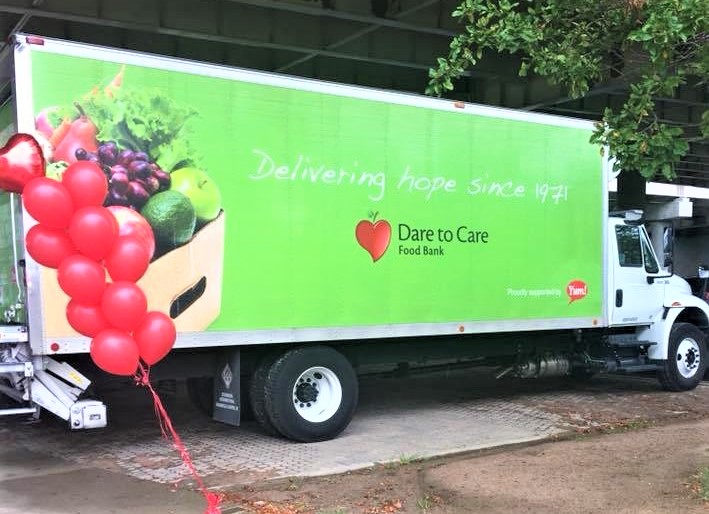Each morning for the past ten days Americans have awakened to vastly altered realities, not all at once, but via an escalating series of shock waves pertaining to the coronavirus, or COVID-19.
As a personal example, your correspondent lives astride one of New Albany’s busiest streets. At 8:10 a.m. this morning there was a bizarre silence that lasted a minute and thirty seconds, when no cars at all came past the house.
Will every day continue to be like Sunday?
This “new normal” is highly abnormal. When a measure of normality returns, and it will, the Louisville food and dining scene as we know it today likely will have been altered. For the moment, and probably for the next few weeks (and perhaps even months), the finishing line will remain out of view. Rather, we’ll be witnessing an evolution in real time, kaleidoscopic and shape-shifting.
At Food & Dining Magazine, we’re neither the New England Journal of Medicine nor the Washington Post. In the days and weeks to come, we’ll be grabbing small pieces of local relevance and shining a daily light on them. It bears noting that several major news sources (WaPo among them) are relaxing paywalls in an effort to expand access to information about COVID-19.
You’re encouraged to take advantage of this free access, as well as to pay for the journalism that matters to you.
Yesterday the states of Ohio, Illinois, Massachusetts and California announced measures of varying severity to restrict operations of restaurants and bars, in certain instances closing them completely, while in others curtailing operations to carry-out and delivery alone.
Governor Andy Beshear acknowledged that Kentucky might be next in line (with or without the requisite six feet of separation); Eric Holcomb, Beshear’s Hoosier counterpart, has said less for attribution as to the measures Indiana might choose to implement in pursuit of mandated social distancing.
No one knows what will happen next; however, it seems inevitable that restaurants and bars will be subjected to some combination of constraint. As is sadly customary, and in concurrence with the coronavirus itself, society’s most vulnerable will feel the pinch first. In this article, the CJ takes a look.
City, agencies make plans to feed Louisville’s most vulnerable during coronavirus shutdown, by Savannah Eadens and Darcy Costello (Louisville Courier Journal)
At least 26,000 frozen meals will be available to senior citizens and children will be able to get food at schools and other agencies as Louisville works to keep its most vulnerable residents fed during the coronavirus outbreak.
Here are a few highlights from the article; click through to learn the relevant details.
- Jefferson County Public Schools are closing today for three weeks. JCPS will offer to-go lunches (drive-thru or walk-up) to “students at more than 30 buildings and eight mobile sites during the shutdown each weekday.”
- Dare to Care plans to continue its mobile pantry and Zero Hunger mobile programs; the Kids Café program will be modified to provide grab-and-go lunches.
- Meals on Wheels, which provides meals to homebound seniors, is small in scale but will continue its present services.
- Louisville COVID-19 Match has been created. It is a website and Google form for “people who want to help a senior citizen by offering support around the house and helping with buying groceries or just providing social interaction.”

























